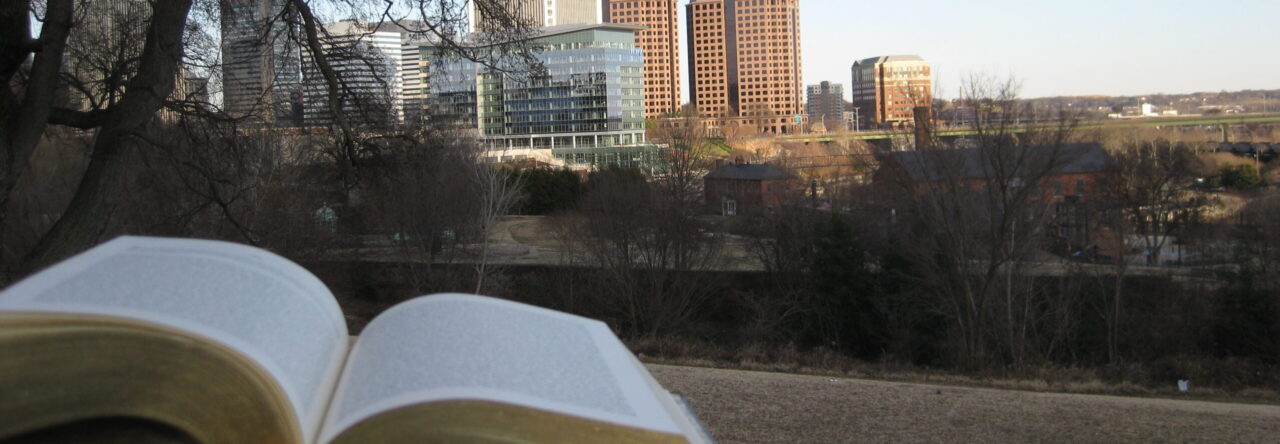Although slavery has been abolished at this point in history, the remnants of discrimination persisted. One thing I noticed was the fact that white people censored movies with racial themes, and they even rewrote history in a way that made their abhorrent actions regarding slavery “the rational choice.” This reminds me all too much of what is happening in today’s world, in which books with racial themes are being banned, and courses such as AP African American History are being banned in Florida. I think this reflects the idea that history is written by the winners. Perhaps it is an attempt to protect white people from feeling uncomfortable about their ugly history, but if you are not uncomfortable, then you are not doing the necessary work in order to move society forward.
Another thing that piqued my interest was the concept of redlining and how it resulted in mortgage loaning to be disproportionately low in Black neighborhoods. Even just driving through the Richmond area now, you can visibly see the lines dividing predominantly Black and white neighborhoods. On the subject of housing, I could not wrap my head around the fact that white people took down so many Black neighborhoods to build roads. This is too much like Indigenous colonialism, in which they staked a claim on their land and tried to justify it with superficial reasons. In this case, they claimed that they were “cleaning” up the poor neighborhoods and that public transport would be made easier with these roads, despite having to literally demolish Black people’s homes to build them.
The concepts of gerrymandering and voter disenfranchisement also stuck out to me due to its presence today as well. I thought they really came up with the most ridiculous laws to prevent Black people from voting, such as making Black people memorize answers to questions and say it to them. The worst thing is, they didn’t even try to hide the fact that they were disenfranchising Black voters. Carter Glass literally said that they were working towards “the elimination of every negro voter who can be gotten rid of” (139).
